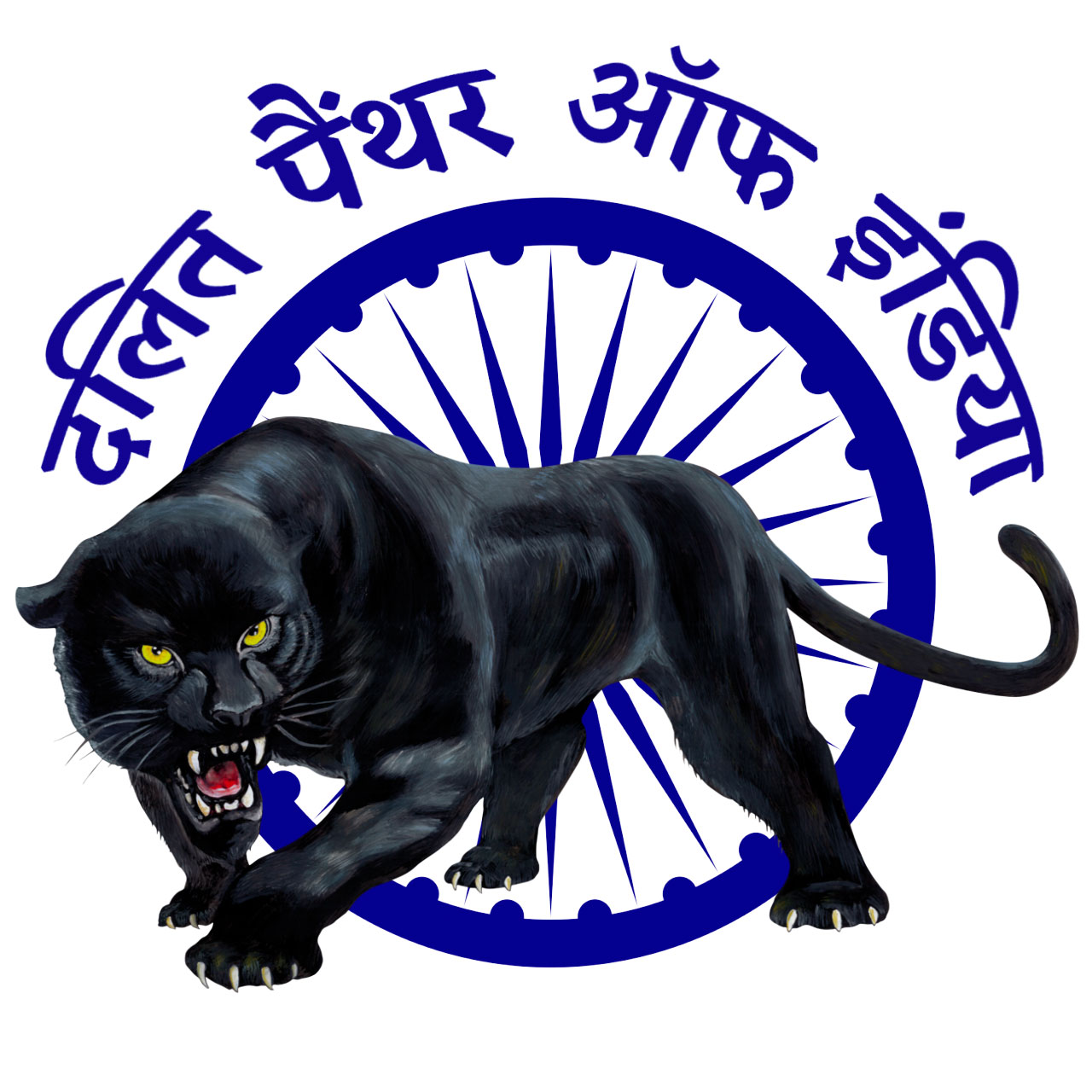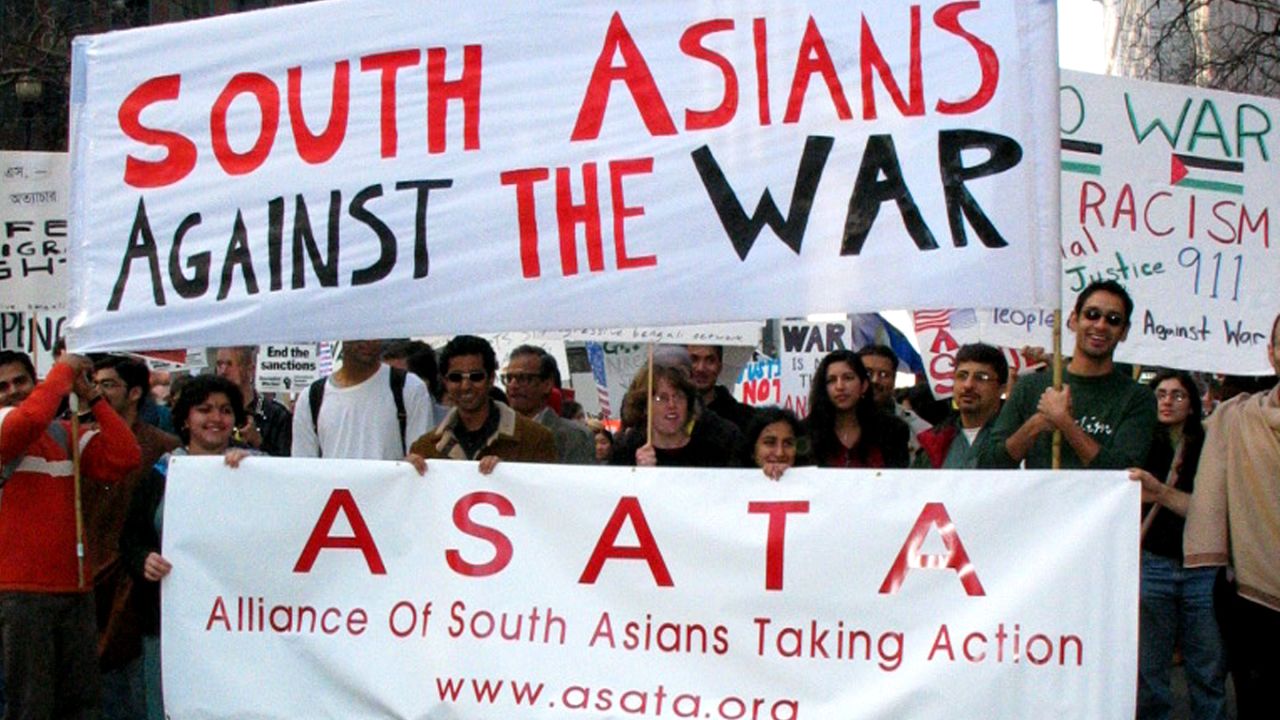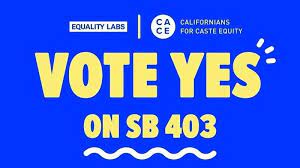History
Equality Labs’ genesis was the #DalitWomenFight Tour of 2015, through which we created and collaborated with international Dalit women activists and survivors to host a 30-event, 10-city solidarity art tour across the nation—breaking the silence around caste. During the tour, we built power with other women, gender non-conforming, and trans artists and activists from South Asian minority religious and cultural communities. We knew we had to merge and grow our strategies to combat our joint issues and raise our collective visibility as caste equity civil rights leaders.
Equality Labs and the Caste Equity Movement
Since our inception, Equality Labs has been a trailblazing pioneer organization working at the cutting-edge intersections of Dalit survivor power, digital security, policy advocacy, and more—bringing together communities and resources in unprecedented ways to mobilize the entire caste equity movement.
1700s
In the 1700s, the very first South Asians arrived to the U.S. as workers aboard ships that traded between New England and India
1830
In the 1830s abolitionists began to compare the treatment of Black people in America to the treatment of caste-oppressed people in the Indian subcontinent in order to justify slavery in the American South
1850
In Roberts v. City of Boston, a school segregation case decided by the Massachusetts Supreme Judicial Court, the Black plaintiff referenced India’s caste system to describe the plight of enslaved Black Americans.

1890
Between the late 1890s and the 1920s, another influx of South Asians arrived on U.S. soil, but as anti-Asian hate festered, they were labeled as a “dusky peril” and were accused of taking away jobs from American workers

1900
In the early 1900s the first anti-Asian riots were held in the states of Washington and California. The targets of these riots were largely South Asian laborers and working class folks.
1917
The Immigration Act of 1917, also known as the Asiatic Barred Zone Act banned Asians and other non-whites or “undesirables” from entering the country

1923
United States v. Bhagat Singh Thind, the U.S. determined that Singh, though he was a member of India’s dominant caste, was not able to be considered a white person, rendering him ineligible for citizenship.

1924
In 1924, another racist U.S. immigration policy, the Immigration Act of 1924 (Johnson-Reed Act) declared that South Asians did not meet the definition of whiteness and therefore had their rights restricted. As a result of this Act, South Asian immigration was almost entirely cut off.

1959
In 1959, during a trip to South Asia, Martin Luther King was called an “untouchable”, further highlighting Black and South Asian solidarity and emphasizing a collective need to build power with other oppressed peoples and find ways to resist racist laws and ideals.
1965
When the Immigration and Nationality Act (Hart-Celler Act) was passed in 1965, South Asian immigrants were finally allowed back in the country. However, due to longstanding caste bias, the first wave of new immigrants were largely from the dominant caste because they were considered more beneficial to the American economy. Some caste-oppressed individuals were selected to migrate to the U.S. during this time, but caste-based discrimination followed the diaspora

1966
In 1966, The Dalit Panthers were formed—they were modeled after the Black Panthers’ fight for independence and their ability to organize against violence towards their communities

1986
The Immigration Reform and Control Act of 1986 expedited the immigration process for South Asian families
1990
Immigration and Nationality Act of 1990 brought about the Diversity Visa, offering 50,000 visas annually via a lottery

early 90s
Another wave of immigration soared in the early 90s with the introduction of the H1B visa.
2000s
In the early 2000s, Lakireddy Bali Reddy—the second largest landlord in the city of Berkeley, California—trafficked Dalit minor girls to be his sex slaves.
This launched a campaign prosecute Reddy and catalyzed some of the first South Asian Bay Area organizing, such as the Alliance for South Asians Taking Action (ASATA).

2015
In 2015, Equality Labs was co-founded by Dalit artist and activist, Thenmozhi Soundararajan to address the global need for healing and reconciliation from the trauma of caste.
2015 Equality Labs created several Dalit survivor circles that help create safe spaces for survivors to ground themselves in healing, powerbuilding, and training to enable them to emerge as effective leaders in their communities.
2016
In 2016, Equality Labs held the first-ever Unlearning Caste Supremacy Workshop.

2020
In 2020, the State of California sued tech giant Cisco for caste discrimination and creating a hostile workplace for a Dalit employee
January 2020
In January 2020, the California State University school system added caste as a protected category to its anti-discrimination policy across all its 23 campuses.
2021
In 2021, caste-oppressed workers sued the BAPS sect (Bochasanwasi Akshar Purushottam Swaminarayan Sanstha) for wage theft and inhumane working conditions at a New Jersey temple
February 2023
In February 2023, the Seattle City Council voted “Yes” on Councilmember Kshama Sawant’s historic legislation to ban caste discrimination in the city of Seattle.
This momentous win is a remarkable capstone of over a decade of Dalit feminist organizing that successfully broke the silence on caste oppression.
February of 2023
In late February of 2023, California State Senator Aisha Wahab courageously introduced the historic bill SB 403, which would make California the first U.S. state to ban caste-based discrimination.
Investing in caste equity